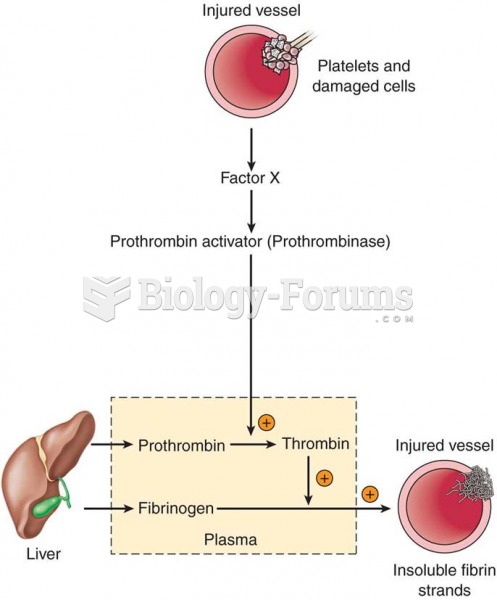Answer to Question 1
The steps a paralegal should take to map out a research strategy are as follows:
Step One: Identify the IssueAnalyze the facts and identify the issue(s) involved.
Step Two: Identify Secondary SourcesIf unfamiliar with the topic that he is going to research, the paralegal should begin by doing some background research. He can choose from a variety of secondary sources, such as legal encyclopedias and treatises. Because organization is a key component of research, he should make a complete checklist so that he does not have to return to the same source later. He should be sure to check for updates in the pocket part of any secondary source consulted.
Step Three: Identify Primary SourcesNext, the paralegal should consult the various primary sources of law applicable to the issue at hand, such as federal and state statutes and constitutions and relevant case law. He should be sure to check the pocket parts as well, when applicable.
Step Four: Update and Verify Research ResultsAfter finding and reading relevant cases, he will have to verify in Shepard's that they are still good law. Shepard's will also provide an additional source of case law because it includes every subsequent case that cited the case being Shepardized. As a final measure, the paralegal should use an online citator to verify that his research results are as up to date as possible.
Having completed his research, the paralegal will prepare a memorandum of law to inform his supervisor of his findings.
Answer to Question 2
A standard format for briefing cases is called the IRAC method, referring to issue, rule, application, and conclusion. This method involves the following steps:
First, decide what legal issues are involved in the case.
Next, determine the rule of law that applies to the issues.
After identifying the applicable law, determine the application of the law to the facts of the case (also called the holding).
Finally, draw a conclusion, which is the determination of the court after it has applied the law to the case.
Different lawyers and law offices have different preferences for the format to be used in briefing cases. What is most important is accuracy in explaining the key facts, the issues under consideration, the rule of law or legal reasoning used by the court, the application of the law, and the conclusion resulting from that application.







